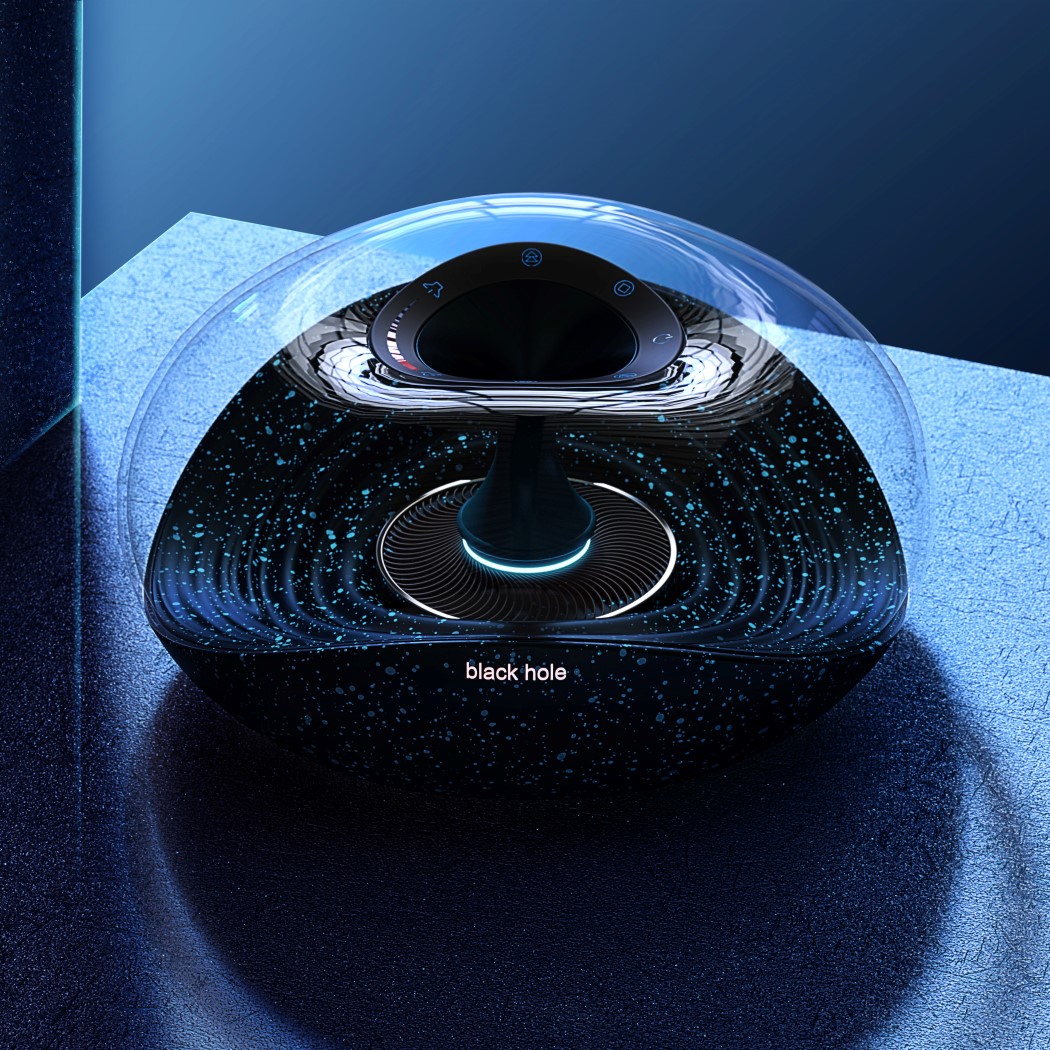

We view this approach as an integral part of a total room solution that may also include passive treatment and equalization to optimize the listening experience. Our focus was to simplify and improve where possible and reduce size and price. We have taken up the mantle with the Black Hole. The Shadow was only produced for a few years. Robert Harley reviewed it for Stereophile and found it highly effective. He released a production design as the Phantom Acoustics Shadow. In 1990 Nelson Pass was awarded the active low-frequency acoustic resonance absorber US patent 4899387 in which he outlined a clever embodiment of the concept along with application and performance criteria. It was designed to improve sound quality in domestic environments as the only known means of dealing with room-induced anomalies in a compact form factor.Īn active acoustic pressure absorber was first mentioned by HF Olsen in his 1957 book Acoustical Engineering, a reference text still in common use today. The latter is thus positioned in the middle of this open floor plan without the usual nearby back wall.Ĭlayton Shaw of Spatial Computer: "Our Black Hole is an active acoustic pressure reduction device. The listening space opens into the second storey via a staircase and the kitchen/dining room are behind the main listening chair. Room size: 5m x 11.5m W x D, 2.6m ceiling with exposed wooden cross beams every 60cm, plaster over brick walls, suspended wood floor with Tatami-type throw rugs. Sundry accessories: Extensive use of Acoustic System Resonators, noise filters and phase inverters Powerline conditioning: 1 x GigaWatt PF2, 1 x Furutech RTP-6 Stands: 2 x ASI HeartSong 3-tier, 2 x ASI HeartSong amp stand Speakers: Audiomanufacture Boenicke B10, Aries Cerat GladiusĬables: Complete loom of Zu Audio Event, Entreq USB cables Preamp/Integrated: ModWright LS-100 with Synergy Hifi tubes, Esoteric C-03, Bent Audio Tap-XĪmplifier: First Watt SIT2, FirstWatt J2, ModWright KWA 100SE Or even use different sets of return channels for different mixes to different places, like one for your monitors, one for OBS/live stream, one for your headphones for monitoring what you're playing perhaps.Source: 27" iMac with 3.4GHz quad-core Intel Core i7, 16GB 1.333MHz RAM, 2TB hard disc, 256GB SSD drive, ADM Radeon HD 6970M with 2GB of GDDR5 memory, PureMusic 1.8 7 in hybrid memory play with pre-allocated RAM and AIFF files up to 24/192 Audirvana 1.3.1, April Music Eximus DP1, Esoteric/APL Hifi UX1/NWO-M, Audiophilleo 2 Then you can send your Ableton mix to something like OBS Studio for example. Now you can use this aggregate device inside something like Ableton live, and then you route and mix audio from different sources. You can have a dedicated Blackhole audio device for each thing you want to mix and then stitch them together into an aggregate audio device (on Macs).

The new variable name is `kNumber_Of_Channels` for number of channels.

You can also go up to 16 (or more?) channels instead of the stock 2, which is great for multiple participants in a jacktrip session, among other things. Just change around some variables: `kDevice_Name`, `Manufacturer_Name`, `kPlugIn_BundleID`, `kBox_UID`, `kDevice_UID`, `kDevice_ModelUID`, and then the Blackhole.driver folder it spits out after build. The unsung hero of Blackhole is the ability to easily build a new one, meaning you can have infinite sets of audio devices with custom names. Is it possible you have some very specific requirements that no one else does? Maybe, but I’ve landed on the idea that this a really a form of procrastination - where the “paying attention” part of the process is being pushed off until sometime later, and really just makes more work in the long run. What’s their secret? They just pay attention and take notes the first time through.
Blackhole audio review full#
You seem to be aspiring to use a techie solution to this, but would it really work in practice, and be worth the effort?Ĭonsider that 99.9% of people are able to function pretty well without having to refer back to a full recording of every meeting they’ve ever had. Having a full recording of everything implies that at some point you have to actually process the content (take notes, etc.), and you’re really just setting yourself up for taking double the amount of time than it would if proper notes were taken in the first place. I think a lot of people take this approach of recording everything (or at least try to once the idea of recording meetings is available), but you really need to think about whether it’s going to solve the problem you think you have.


 0 kommentar(er)
0 kommentar(er)
